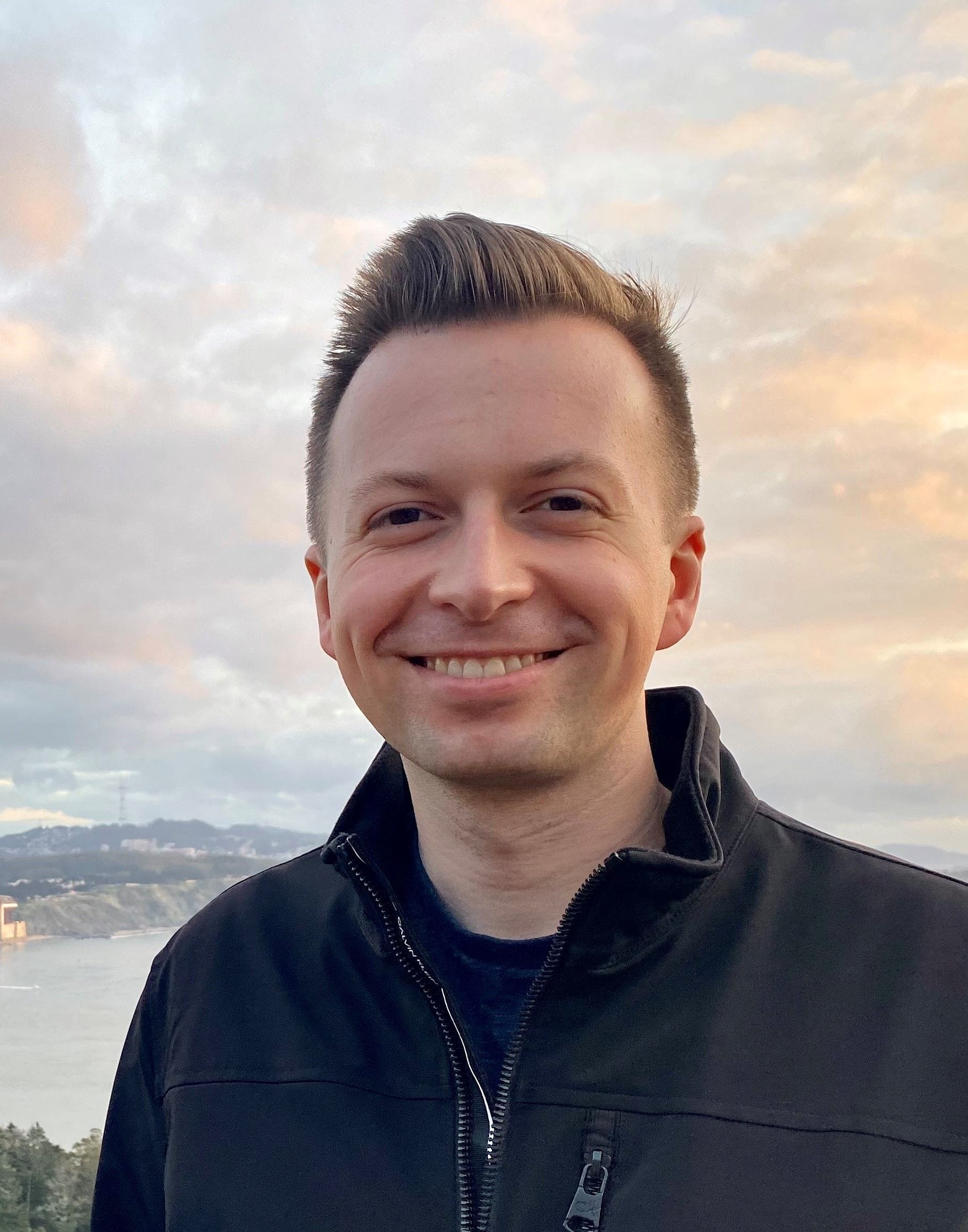This interview is part of a series highlighting exceptional chemists who have shared their conference poster or presentation through SciMeetings. Launched by ACS Publications as a virtual science sharing platform in March 2020, SciMeetings helps presenters increase the global visibility and extend the longevity of the research they present at conferences. Isaac Mastalski is a […]


What’s your research focus? What attracted you to this field?
The focus of my primary PhD research has been reactor design and reaction kinetics, in the context of industrially-relevant plastic recycling processes. Pyrolysis, in particular, is a very promising method for effectively recycling plastics at a large scale, yet our understanding of the underlying reaction mechanisms and kinetics remains extremely limited, something that is reflected in the literature. Through a new, unique reactor design, along with collaboration with industrial partners and computational groups at the University of Minnesota, we have been able to gain important insights and shed new light on how polyethylene pyrolysis actually occurs.
Sustainability has always been a major driver for me, and it factored heavily into my choices about fields of study and research projects. Through my PhD research at the University of Minnesota, I saw the opportunity to make a tangible difference in how we recycle some of the most important and widely-used plastics, and that, in turn, may help provide lasting solutions to the climate crisis.
Who are your mentors? How have they impacted your work so far?
I was first introduced to research during a summer program at the University of Pittsburgh, in Prof. Götz Veser’s lab, and I owe a large part of where I am today to his mentorship and the wonderful experiences I had in his lab. As an undergrad, I also interned at NASA Goddard under Dr. Jay Chervenak, who encouraged me to pursue my own ideas and gave insightful feedback on my research methodology. Professors Taryn Bayles and Bob Parker at the University of Pittsburgh were extremely influential in my grad school decision process and withstood countless hours of my questioning about career opportunities. At the University of Minnesota, Professors Alon McCormick and Raul Caretta have helped shape my style as a teacher and offered valuable input on my post-graduation plans. And finally, I would like to thank my PhD advisor and primary mentor in grad school, Prof. Paul Dauenhauer, who has tirelessly supported my work, given me the freedom to explore my research project as I wish, and shaped my style as a presenter and science communicator.
Where did you get the idea for the research presented in your talk?
The research presented in my talk comprises the main results from my PhD work so far. The Dauenhauer group had previously conducted really interesting research on cellulose pyrolysis and used that data to rectify some of the longstanding debates in the field. After these results were published, it was only natural to extend this important pyrolysis work to other areas, so we partnered with industry to explore possible plastic pyrolysis routes. When I joined the group in Fall 2018, I decided to focus my efforts on polyethylene pyrolysis, since polyethylene is the most common type of plastic currently being produced. If we are able to elucidate the underlying mechanisms and intrinsic kinetics, industrial reactor design should become much more straightforward and reliable.
What do you think is the most important unsolved problem in your field right now?
Lots of great research has been done on plastic pyrolysis, and many pilot facilities are currently being operated, yet there is still a massive lack of clarity as to how the pyrolysis reactions actually occur. Without that detailed, mechanistic understanding, reactor design and industrial pyrolysis will remain at a level that largely amounts to trial-and-error tuning of reaction parameters until a ‘good’ product stream is generated.
What advice would you give to anyone presenting a poster or talk for the first time?
The best advice I have for a first time presenter is to prepare as much as possible. Start making your slides or poster as early as you can, which will give you plenty of time to practice. Then practice, practice, practice at lab group meetings or with your friends or families – any opportunity you get. I believe the first talk you give about a project is the most important one, because all your subsequent talks about it will likely be modifications of that original talk, using additional data and results. So, if you put in the work to make your first talk excellent, all your later talks will become much easier (and less stressful!) to prepare.
Is there added value in presenting your research on SciMeetings?
Conferences are of course better in person, but any number of reasons can preclude people from attending physically; this has especially been the case during the past two years. With SciMeetings, attendees need not be present at your oral talk or poster. Instead, they can see your work when it is convenient for them, increasing your exposure to the community and improving accessibility for everyone.